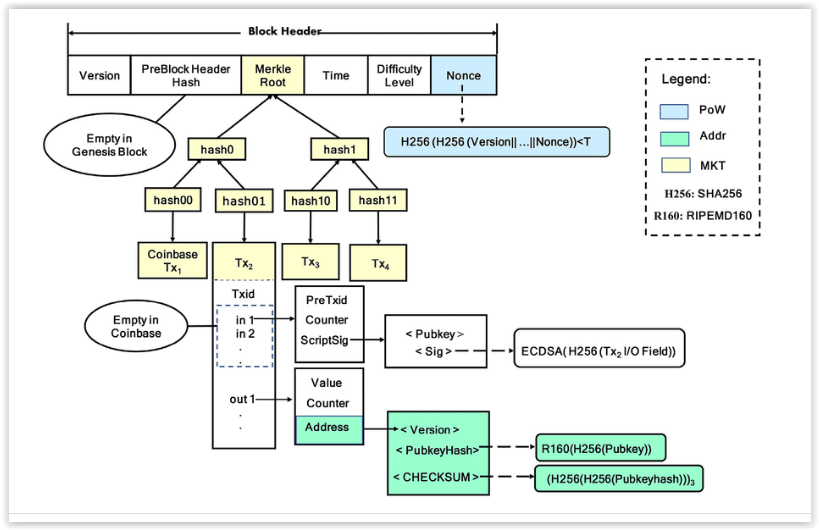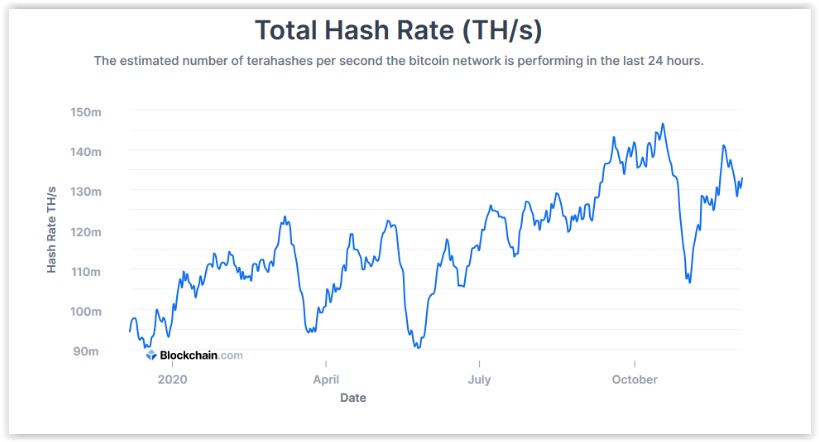“Hacking” a blockchain is almost impossible — but what makes decentralized ledgers so inherently “unhackable”?
A common mistake that new cryptocurrency investors make is to confuse the hacking of a blockchain with that of a digital exchange. Whereas unfortunately centralized digital exchanges get hacked more than they should, decentralized blockchain hacks are very rare, as they are hard to achieve and provide little incentive to carry out.
In this post, we look at what makes blockchains — as applied in the cryptocurrency sector — impervious to security breaches.
What Makes a Blockchain Withstand Hacks?
Decentralized and Open-Source Protocols
The blockchains behind most cryptocurrencies are peer-to-peer (P2P), open-source and public, allowing everyone with the right equipment and knowledge to peek in under the hood. This is important to foster transparency and attract buyers.
A blockchain comprises different technological mechanisms working together towards a common goal. For instance, there are consensus mechanisms such as proof of work (PoW) and proof of stake (PoS) that protect the network by mitigating cyber-attacks from hackers.
A blockchain’s decentralized nature means that its network is distributed across multiple computers known as nodes. This eliminates a single point of failure. In other words, there is no way to “cut the head off the snake” — because there isn’t any head.
The architecture of a blockchain determines how the nodes cooperate in verifying a transaction before being committed to the protocol. In the case of Bitcoin and other PoW systems like Bitcoin Cash, a minimum of 51% of the nodes must agree to the transaction before commitment.
Hashing Algorithm
Each transaction is called a block, and the interconnection of several transactions becomes a blockchain. Notably, a block has cryptographic elements that make it unique. A network’s hashing algorithm determines the details. For example, the Bitcoin blockchain uses the double SHA-256 hash function, which takes transaction data and hashes/compresses it into a 256-bit hash.

By making it hard to reverse the hashed value, a transaction becomes inflexible. Each block in a chain contains a specific set of data from the previous block. Therefore, even if a malicious actor reverse-engineers the hash, the resultant block would be out of sync with the rest of the blocks since it will have a different hash output, thus causing the system to reject it.
51% Attacks Are Improbable
The longer a blockchain exists and the more new users it attracts, the less likely it is to suffer a 51% attack due to its growing hash power.
This becomes prohibitively expensive at a certain point. Therefore, considering the size of established blockchains like Ethereum and Bitcoin, such a scenario is nearly impossible.
What About Quantum Computing?
Another reason why it’s even harder to hack a blockchain is that in case the block being re-hashed is at the middle of the chain, the attacker would have to re-hash previous blocks to align their historical stamp with the new block.
For Bitcoin, this is only possible with the next generation of quantum computing, which currently doesn’t exist. And even when it does, who’s to say there won’t be a blockchain-based quantum defense mechanism to mitigate quantum attacks?
PoS-Based Hacks
In PoS-based systems, stakes determine the strength of the network. To elaborate, this means those users who have delegated or actively locked their native blockchain assets to participate in transaction processing and finding new blocks. On such systems, an attack occurs when a hacker controls a majority of the stake.
This is possible when the hacker accumulates over 51% of all coins in circulation. For reputable networks like the evolving Ethereum 2.0 platform, this is all but impossible. Imagine trying to find the funds to buy up 51% of ETH’s current $68 billion market cap!
Economics of a 51%
You can’t orchestrate a stealth 51% attack without creating too much scarcity, as your purchasing of coins will make the available ones skyrocket in value to incredibly high levels. Conversely, when the blockchain participants find out you own a majority of the coins, they will likely sell their holdings, thereby crashing the market with excess supply. So you’ll end up buying high, and selling low!
How Do Blockchains (Rarely) Get Hacked Then? Answer: Hash Rate
Good question. It boils down to the strength of a network. Notable 51% attack victims include Ethereum Classic, Bitcoin Gold, Electroneum, and most recently Grin. The Ethereum Classic network uses the PoW consensus algorithm. Although Bitcoin uses the same algorithm, ETC has a much lower number of nodes and miners securing the system. Thus, it has lesser processing power, making it easier for an attacker to take control.

ETC has a hash rate of 1.6 tera hash per second, while Bitcoin’s stands at 117.9 exa hashes per second.
The Future of Blockchain Hacks
So far, nobody has single-handedly hacked a blockchain. Instead, it’s usually a group of malicious actors or the core dev team that collaborate to breach a blockchain’s security. However, as blockchain platforms get stronger through an increase of nodes or stakers, the possibility of hacking a decentralized network is increasingly moving towards zero.
In addition, newer blockchain systems use academically-proven techniques that would need highly-specialized quantum computers to hack.
To sum it all up — if you ever hear someone saying that a “blockchain was hacked!” you now have the tools to (politely) correct them and send them on their way.
